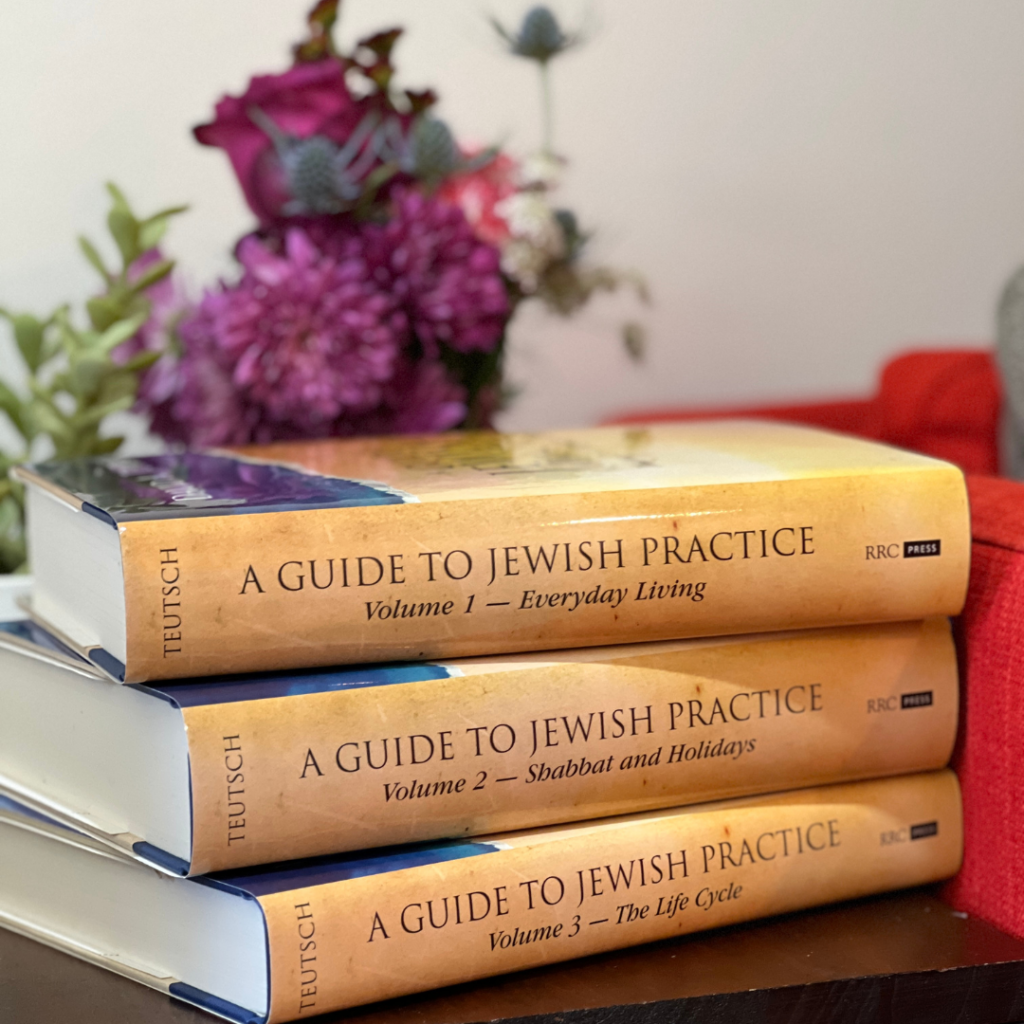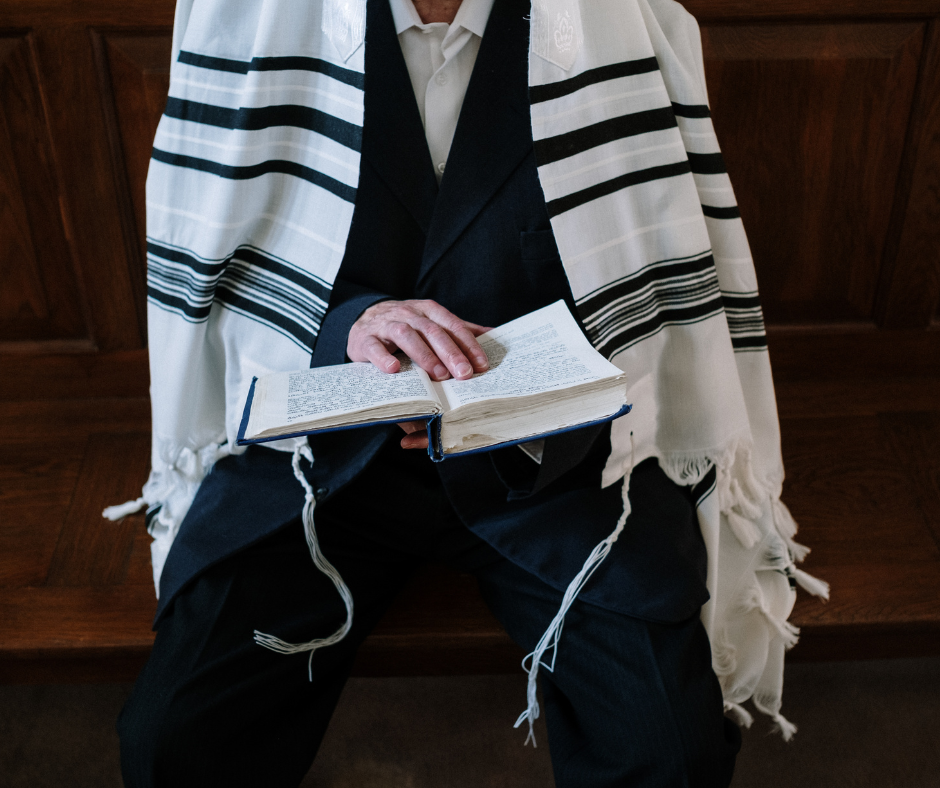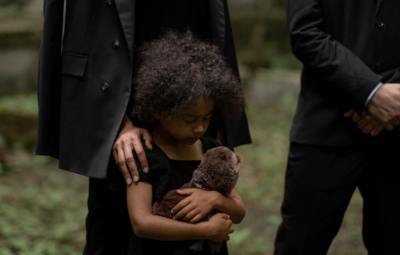
Rabbi David A. Teutsch, Ph.D.
The Louis and Myra Wiener Professor Emeritus of Contemporary Jewish Civilization and Senior Consultant to Thriving Communities
This article is excerpted from The Guide to Jewish Practice, Volume 2. The full Guide may be ordered from the Reconstructionist Press.
The end of self-rule and the destruction of the sacrificial system centered in the Second Temple in Jerusalem came when a Roman army invaded Judea and destroyed the Temple in the second half of the first century (customarily dated to 70 CE—the 70th year of the Common Era, which Christians call anno Domini, “the year of our Lord”). As long as the Temple had stood, the kohanim (priests) had played the primary role of religious leadership.

With the Temple gone and the Temple sacrifices eliminated, a period of chaos ensued. The rabbis then gradually emerged as the dominant Jewish leaders. It was they who established Tisha B’Av, the ninth day of the month of Av, as an annual day of mourning marking the destruction of the Second Temple. Because Av comes in midsummer, many Jews overlook this observance. Tisha B’Av is widely observed in Jewish summer camps because it is the only holy day besides Shabbat that falls during the North American camp season.
To understand Tisha B’Av, it is important to keep in mind the centrality of the Temple during the First and Second Temple periods. From the perspective of the people at that time, sacrifices and rituals in the Temple could achieve atonement, bring ritual purity and help secure God’s blessing for a good harvest. The Temple was the locus for the key observance of such holidays as Pesach — the sacrifice of the paschal lamb that was a precursor to the Pesach meal. Shavuot meant the offering of the first fruits of the farming season, and Sukkot, celebrating the fall bounty. Yom Kippur without the scapegoat and the high priest entering the inner sanctum of the Temple was unimaginable at the time of the Temple’s destruction.
The sense of loss when each Temple was destroyed must have been nearly unbearable. The sacrificial system at the core of biblical religious observance was never restored thereafter, despite a careful recording of all the Temple procedures by the rabbis of the Talmud in the hope that the Temple would be rebuilt in messianic days.
Prayers for rebuilding the Temple and restoring its rituals have been part of traditional rabbinic prayer from that day to this. However, Reform, Reconstructionist and some Conservative prayer books omit these prayers because the possible reinstitution of sacrifices is seen as a past stage in the evolution of Jewish worship.

The loss marked on Tisha B’Av involved more than ritual. Many people lost their lives in the conflict with the Romans, which lasted several years and ended in 73 CE with the mass suicide at Masada, the last fortress to fall. Jewish self-government was destroyed, only partially and gradually to be reorganized through the rabbis, who established an academy and court system at Yavneh with the consent of the Roman rulers. Indeed, the term “rabbi” (in Hebrew, rav or rabi) came into regular use only after the Temple’s destruction because it marked the emergence of the rabbis as sages, teachers and judges who became the key Jewish leaders of that period. Eventually the Romans recognized rabbinic authority, allowing a degree of self-rule and thereby easing conflict and aiding tax collection. This kind of accommodation between the Jewish people and ruling authorities gave rise to the rabbinic dictum, “Dina d’malkhuta dina,” “The law of the kingdom must be obeyed.” This rabbinic concession paved the way for Jewish self-rule within Diaspora kingdoms throughout the rabbinic and medieval periods. Without the principle of dina d’malkhuta dina, Judaism as we know it could not have emerged. The ability of the Jewish people to adapt and sometimes to thrive under foreign rule has been a key to Jewish survival.
Over time, Tisha B’Av became the central day of mourning on the Jewish calendar. Later generations layered their tragedies onto it. Associations grew to include not only the destruction of the Second Temple in 70 CE, but also the destruction of the First Temple in 586 BCE, the final crushing of the Bar Kochba rebellion against Roman rule in the Land of Israel in 135 CE, the expulsion of the Jews from Spain in 1492 and the Chmielnicki pogroms of 1648 in the Ukraine. Each of these events was of historical importance, and each involved enormous suffering and death for Jews. The Mishna, seemingly without any historical basis, associates the ninth day of Av with a tragic event described in the Torah—the day when Moses declared that the people would not enter the Land of Israel for 40 years. (Ta’anit 4.6) When Yom Hashoah V’hag’vura, a day to remember the Holocaust, was instituted, the Knesset (Israeli parliament) debated whether to mark this tragedy, too, on Tisha B’Av, but ultimately decided to select a date in spring prior to Yom Ha’atzma’ut (Israeli Independence Day) instead.
It is certain that fasting took place on Tisha B’Av after the destruction of the Second Temple, and there is some evidence that Tisha B’Av became a fast day after the destruction of the First Temple. Tisha B’Av has been the main day of mourning on the Jewish calendar since that time.










